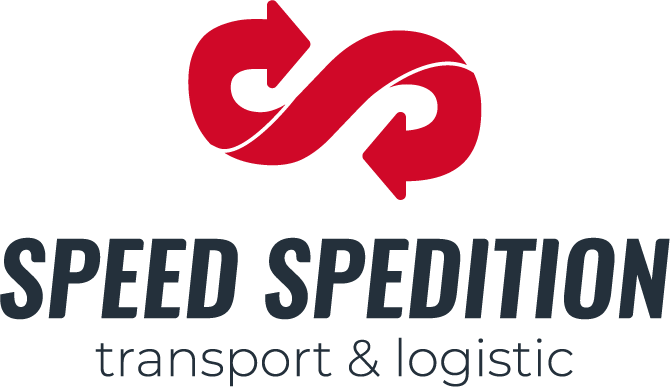
This represents a use of cash, effectively reducing the cash available to the business. Conversely, a decrease in a current asset account suggests that cash has been freed up, acting as a source of cash. Calculating changes in working capital involves comparing current asset and liability account balances from one accounting period to the next.

Example of Working Capital and Cash Flow
As liabilities grow, businesses must allocate more cash to meet these obligations, which can strain their resources. This shift may reduce the cash available for operational expenses or reinvestment in growth initiatives. Accurate forecasting is essential; businesses should regularly adjust their cash flow projections to reflect any changes in liabilities, ensuring they remain prepared for upcoming payment deadlines. An increase in a current asset account, such as inventory or accounts receivable, indicates that more cash has been tied up in operations or is yet to be collected.
Should Operating Cash Flow Be Positive or Negative?
Market trends can create fluctuations in both assets and liabilities, leading to potential challenges or opportunities for businesses. For instance, a surge in demand for a particular product can elevate asset values, such as inventory and receivables. However, if a company does not manage this growth carefully, it may lead to an asset-liability mismatch, where liabilities grow faster than assets, jeopardizing financial stability. As you can see in the screenshot below, there are various adjustments to items necessary to reconcile net income to net cash from operating activities, as well as changes in operating assets and liabilities. Positive working capital is when a company has more current assets than current liabilities, meaning that the company can fully cover its short-term liabilities as they come due in the next 12 months. Positive working capital is a sign of financial strength; however, maintaining an excessive amount of working capital for an extended period may indicate that the company is not effectively managing its assets.
Huluduey Corporation’s comparative balance sheet for current
This means looking at current year-end balances versus prior year-end balances for each relevant account. For instance, to find the change in accounts receivable, subtract the prior year’s balance from the current year’s. This comparative method applies to inventory, accounts payable, and other current accounts. The net working capital (NWC) metric is a measure of liquidity that helps determine whether a company can pay off its current liabilities with its current assets on hand. For example, the accounts receivable asset is increased (debited) when sales are made on credit.
When its outflows are higher than its inflows, the company’s cash flows are negative. Conversely, when interest rates decrease, borrowing becomes more affordable, providing opportunities for companies to finance asset growth strategies without significantly impacting their cash https://quangninhsolar.com/contra-asset-account-understanding-contra-asset/ flow. It is essential for businesses to monitor interest rate trends to effectively forecast cash flow and manage liabilities strategically.
Interest rates and their impact on liabilities

It provides management, analysts, and investors with a window into the movement of cash and cash equivalents in and out of a company. It helps measure how well (or how poorly) a company is able to manage its cash and pay off its financial obligations. When interest rates rise, the cost of borrowing increases, leading to higher expenses related to short-term liabilities and long-term debt. This can strain cash flow management, as businesses may need to allocate a larger portion of their revenues to service these debts, potentially affecting their net worth calculation.
- Therefore, it might not be a true and fair estimate compared to other organizations.
- Once we have tallied the assets and liabilities, we can subtract the liabilities from the assets to arrive at our number for the change in working capital.
- Let’s examine an actual cash flow statement from Oshkosh Corp. as an example of how we break down the changes.
- As liabilities grow, businesses must allocate more cash to meet these obligations, which can strain their resources.
- While an increase in assets is generally positive, the impact of depreciation on existing assets can be a double-edged sword.
- Since the growth in operating liabilities is outpacing the growth in operating assets, we’d reasonably expect the change in NWC to be positive.
- In short, the net operating assets concept is intended to reveal the relationship between core earnings and core net assets, ignoring all financial engineering.
Adjustments for Non-Operating Items
This definition shows that all finance-related items are to be extracted from assets and liabilities. A financial asset is one that generates interest income, while a financial liability generates interest expense. Financial assets include cash and marketable securities, while financial liabilities usually refer to debt and leases. Conversely, operating assets include accounts receivable, inventory, and fixed assets; operating liabilities include accounts payable and accrued liabilities. The most significant uses of cash from operating activities are the changes in working capital, which includes current assets and current liabilities. Increases and decreases in current assets and liabilities are reflected in the cash flow statement.
What Is the Relationship Between Working Capital and Cash Flow?
- Increases and decreases in current assets and liabilities are reflected in the cash flow statement.
- You can find the cash flow from operating activities on a company’s cash flow statement.
- Ultimately affecting the company’s ability to carry out its daily operations.
- Let’s analyze the operating cash flow formula and each of the various components.
- This category includes items such as cash, accounts receivable, and inventory.
- This effectively conserves cash, so the increase is added back to net income to reflect this cash source.
Liabilities are listed in order of their due dates, with short-term liabilities listed before long-term liabilities. This organization aids in balance sheet analysis, allowing stakeholders to assess the company’s financial health. Understanding the dynamic interplay between assets and liabilities is essential for any business aiming to maintain financial health. Discover how fluctuations in these critical components can impact your balance sheet, influence cash flow, and ultimately shape your organization’s financial stability. Dive in to explore the implications and strategies for effective changes in operating assets and liabilities management.
CompanyCompany
In this case, relying solely on this metric might be risky from the organization’s perspective. Net Operating Assets basically involve calculating the number of assets and liabilities the business operates with. The change in working capital is determined by examining balance sheets from two periods. The change in working capital shows the financial performance of a business. Investors, analysts, and management use this data for strategic investments and credit approvals. Again, notice the similarities in each company’s language when differentiating between assets and liabilities.

A sudden inventory build-up could indicate over-buying as well as slow sales. So, having a look not just at what got moved but Mental Health Billing at what made that happen is essential. It shows a company’s liquidity, operational efficiency, and overall financial health.
